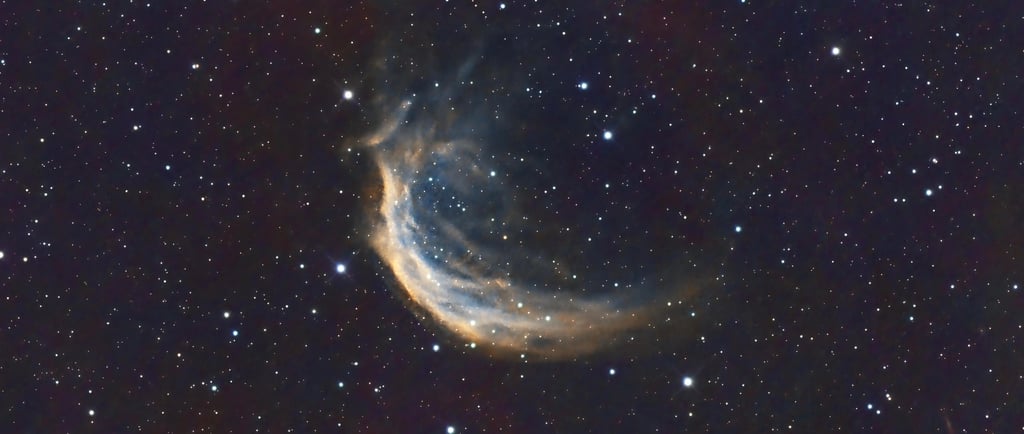The Shrimp Nebula: The Stars in Cassiopeia


Introduction to the Shrimp Nebula
The Shrimp Nebula, formally known as SH-2 188, is a fascinating astronomical feature located within the constellation Cassiopeia. This nebula captivates both amateur astronomers and seasoned astrophysicists alike with its distinctive crescent-like shape, leading to its initial categorization as a supernova remnant. With a distance of approximately 8,000 light-years from our planet, the Shrimp Nebula presents itself as a testament to the dynamic processes occurring in our universe.
Characteristics of the Nebula
One of the most intriguing aspects of the Shrimp Nebula is its remarkable velocity, as it appears to be traveling through space at an astounding speed of 300,000 miles per hour. This rapid movement adds to the nebula's complexity, fostering questions regarding its formation and structure. Observations reveal that the nebula is primarily composed of ionized gas, which emits a wide spectrum of light. This optical clarity offers a view into the processes that govern stellar evolution while simultaneously highlighting the nebula's role in the grand tapestry of the cosmos.
Scientific Implications and Ongoing Research
The classification of the Shrimp Nebula as a supernova remnant has significant implications for our understanding of stellar life cycles. Supernovae represent the explosive end of a massive star’s life, leading to the dispersal of material into surrounding space, which subsequently fuels the formation of new stars. As scientists conduct further research on SH-2 188, they are able to study the remnants left behind by such explosions and gain insights into processes such as nucleosynthesis—the formation of new chemical elements within stars.
Observations of the Shrimp Nebula challenge existing theories as researchers compare its features with other known supernova remnants. Recent studies aim to decipher the interactions of the nebula with its surrounding interstellar medium, further illuminating how cosmic structures evolve over time. By analyzing data collected from various telescopes, scientists are examining the light emissions and chemical compositions of the Shrimp Nebula, trying to understand its origins and future.
Conclusion
In summary, the Shrimp Nebula serves as a rich field of study for astrophysicists and astronomy enthusiasts alike. Its unique crescent shape, luminosity, and rapid movement provide valuable insights into the life cycles of stars and the dynamic processes shaping our galaxy. Located within the iconic constellation Cassiopeia, the Shrimp Nebula can inspire a sense of wonder about the universe and the mysteries it holds. As research progresses, we continue to unlock the secrets of this stellar phenomenon, ever eager to learn more about the vastness of space and our place within it.
